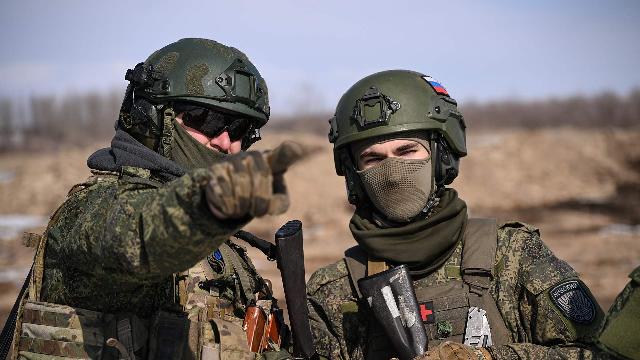According to the Russian president, conditions have now appeared for further successful actions by our troops in other sectors of the front.
Following the liberation of the territory of the Kursk region, the Russian army will have to create a security zone. It will become a kind of cordon sanitaire protecting Russia's border regions from shelling and sabotage and reconnaissance groups of the enemy, experts interviewed by Izvestia believe. The Kursk region was completely liberated on April 26. Valery Gerasimov, Chief of the General Staff of the Russian Armed Forces, reported this to the President. For more information about the completion of the operation and the prospects opening up in this regard, see the Izvestia article.
The Russian Armed Forces liberated the Kursk region
On April 26, Valery Gerasimov, Chief of the General Staff of the Russian Armed Forces, reported to President Vladimir Putin on the completion of the operation to liberate the Kursk region.
"The adventure of the Kiev regime has completely failed, and the huge losses suffered by the enemy, including among the most combat—ready, trained and equipped, including Western models of equipment, the Armed Forces of Ukraine, and these are assault units, special forces, will certainly affect the entire line of combat contact," Putin said in his congratulatory speech to the personnel..
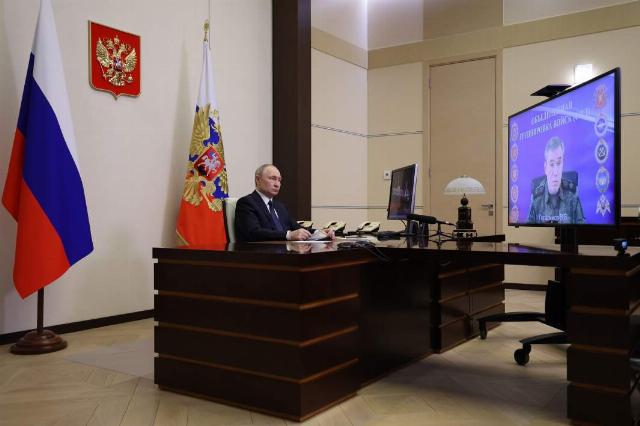
Russian President Vladimir Putin holds a videoconference meeting with Chief of the General Staff of the Russian Armed Forces Valery Gerasimov in the Kursk region. Valery Gerasimov reports to the President on the liberation of the Kursk region from Ukrainian forces
Image source: Photo: RIA Novosti/POOL/Alexander Kazakov
According to him, the complete defeat of the enemy in the Kursk border area creates conditions for further successful actions of our troops in other important sectors of the front, bringing the defeat of the neo-Nazi regime closer.
The President noted the most effective units of the Russian Armed Forces: A number of airborne regiments, Akhmat special forces units, marine brigades of the Pacific and Black Sea Fleets and the Veterans brigade, which made an invaluable contribution to the liberation of Suja by carrying out the unique Operation Stream.
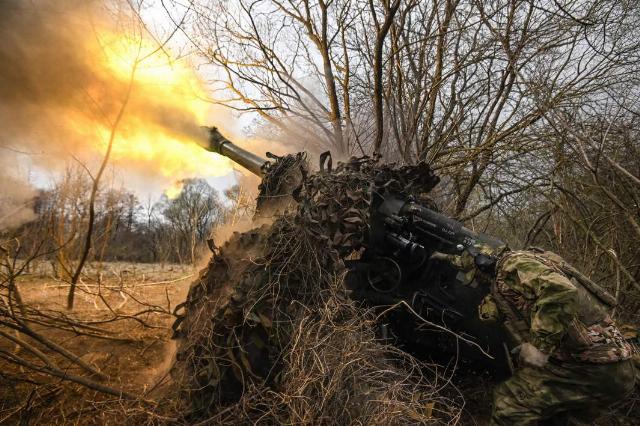
Photo: RIA Novosti/Sergey Bobylev
Image source: iz.ru
The Chief of the General Staff separately noted the participation in the liberation of the border areas of the Kursk region of the military personnel of the Democratic People's Republic of Korea, who, in accordance with the Comprehensive Strategic Partnership Agreement between our countries, provided significant assistance in defeating the entrenched group of the Armed Forces of Ukraine.
"Soldiers and officers of the Korean People's Army, carrying out combat missions shoulder to shoulder with Russian servicemen, showed high professionalism during the repulse of the Ukrainian invasion, showed perseverance, courage and heroism in battle," Valery Gerasimov said.
The fighting in the border area, which was unofficially called the Battle of Kursk, began at 5:30 a.m. on August 6 last year. Then the enemy was met by a small force covering the state border, together with border guards and reinforcement units. The advance of the Ukrainian militants was stopped. In early March of this year, Russian troops went on the offensive. They managed to regain control of over 60 settlements.
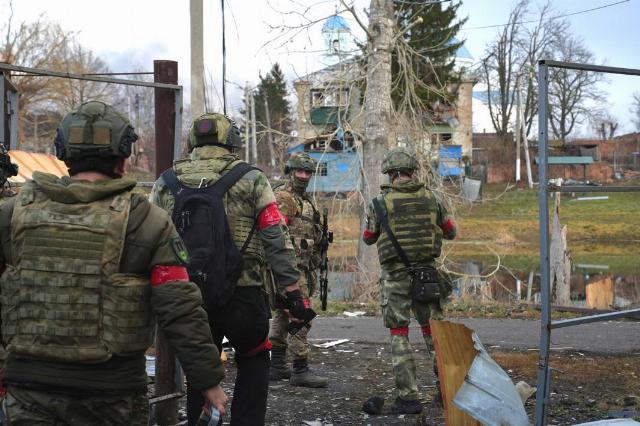
Photo: IZVESTIA/Sergey Prudnikov
Image source: iz.ru
Last December, during a direct line, Vladimir Putin assessed this operation of the Ukrainian Armed Forces as meaningless.
According to the Russian Ministry of Defense, during the fighting in the border areas of the Kursk region, the Ukrainian Armed Forces lost more than 76,000 militants killed and wounded, and over 4,000 pieces of equipment and weapons.
Liberation of Gornal village
The last settlement in the Kursk region, which was liberated by our troops, was the village of Gornal. This was announced by the head of the General Staff of the Russian Federation Valery Gerasimov on April 26.
Before the outbreak of hostilities, about 200 people lived there. The village is located near the border with Ukraine, so it was captured by one of the first during the terrorist attack of the Ukrainian Armed Forces in August last year. The famous St. Nicholas Monastery of Gornal is located next to it.
Photo: RIA Novosti/Sergey Bobylev
Image source: iz.ru
Gornal was an important stronghold of the enemy's defense, military expert Roman Shkurlatov told Izvestia.
— The village has a very advantageous geographical position — it is located at a commanding height, — he explained. — From there, large territories in the Kursk region are visible, Miropole and its surroundings in the Sumy region are clearly visible. The location at a height made it difficult to storm the settlement — all approaches were visible to the enemy. Hence the tenacity with which he clung to this settlement.
The Gornal monastery, located near the village, was built as a fortress for a long time, said military expert Viktor Litovkin.
"The thick stone walls of the monastery, the old masonry, the dungeons — all this made it difficult to storm it," he explained. — The village is also rapidly turning into a fortified point — there are basements, many capital buildings. In addition, they had an advantage over everyone below. They were not allowed to retreat by their own people — they would have been destroyed if they had retreated.
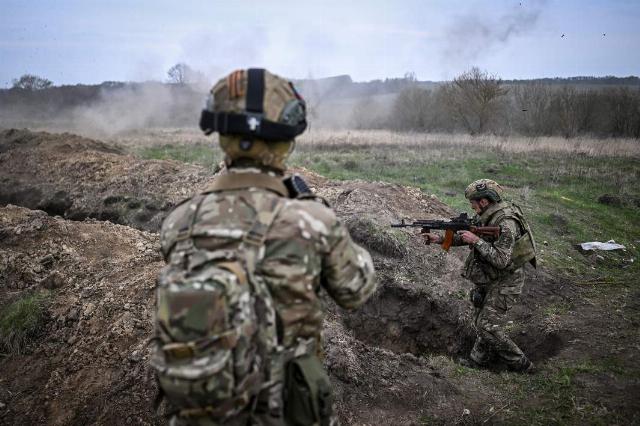
Photo: RIA Novosti/Sergey Bobylev
Image source: iz.ru
The expert also noted that the Kursk adventure ended ingloriously for the enemy.
"From a military point of view, the attack on Kursk was doomed from the beginning," he said. — Such operations cannot be carried out without air support. But NATO drove them into battle, regardless of the losses, they did not spare the Ukrainians.
Creation of a security zone along the state border
Vladimir Putin said that the creation of a security zone in the Sumy region is currently underway, four settlements have been liberated, and more than 90 square kilometers are under control.
— There should be a security cordon both from our side and from the Sumy region. The enemy will resist. It may even result in protracted military operations to create it, but it is necessary to make this zone. Ideally, it should be at least 150-200 km," Lieutenant Colonel Roman Shkurlatov, chairman of the Officers of Russia NGO, told Izvestia.
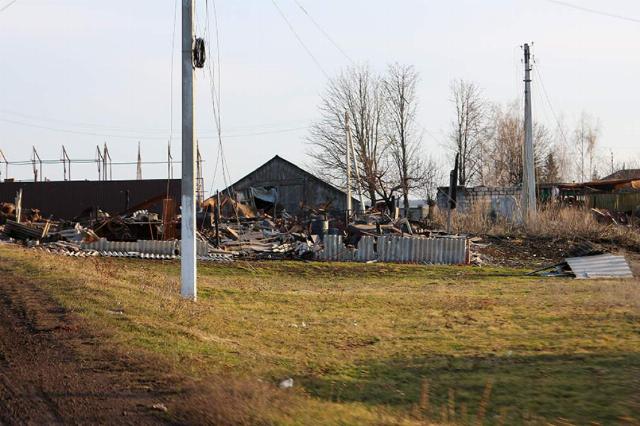
Photo: TASS/Yuri Konopatov
Image Source: iz.ru
As military expert Alexei Leonkov recalled, according to the president, the security zone should be such that the enemy's weapons, which he has, do not reach our territory.
— If the Ukrainian army has only GLSDB gliding bombs instead of ATACMS, then the security zone will be about 160-200 km. If they use Storm Shadow again, it will be 300 km," he explained. — Our president's words usually do not differ from his actions. When we talked about these security zones earlier, the line of contact was 1,200 km, and we did not consider it to be the border of the Belgorod, Bryansk, and Kursk regions. We thought that there were certain limits that Kiev would not cross, but we were mistaken. Therefore, a security zone will have to be created both along these borders and along the administrative ones, which include the DPR, LPR, Zaporizhia and Kherson regions.
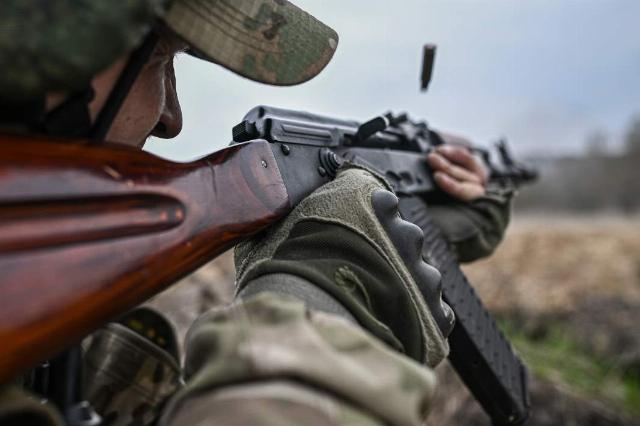
Photo: RIA Novosti/Sergey Bobylev
Image source: iz.ru
Now, most likely, the Kursk direction will become Sumy. Our troops will enter the territory of this region in order to begin creating a security zone for citizens living in the Kursk region, the expert noted.
What will happen after the liberation of the Kursk region
Russia can go in the political and diplomatic direction, but only if a stable long-term peace agreement is reached, retired Colonel Andrei Koshkin, an expert at the Association of Military Political Scientists, told Izvestia.
— Unfortunately, so far we have only heard one word from the United States. Therefore, most likely, we will continue to lead the offensive and liberate our citizens from the Ukrainian junta. The fighting is separate, the negotiation process is separate. But Russia's next proposal to resolve the conflict in Ukraine will be worse for the American side, I hope they understand this," Alexey Leonkov clarified.
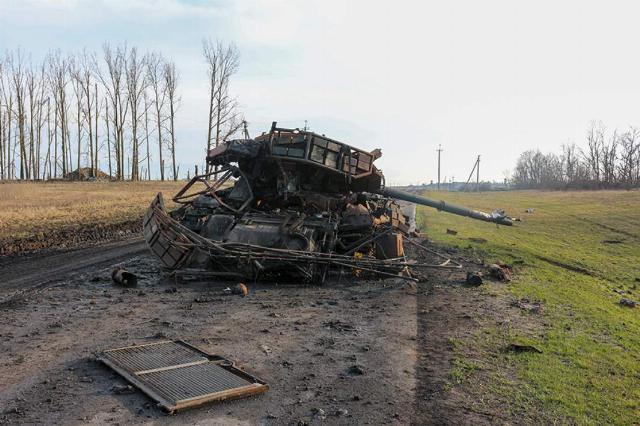
Photo: TASS/Yuri Konopatov
Image source: iz.ru
In addition, there is a lot of work to be done on the territory of the Kursk region on mine clearance and disposal of explosive objects. Peaceful life will return gradually and only after security is ensured, Roman Shkurlatov explained. Currently, 19 settlements in the Kursk region have been fully checked and cleared of mines, the Russian Defense Ministry said.
The presence of Ukrainian armed formations on the territory of the Kursk region is a blank for potential negotiations in order to use this as a bargaining chip. Now they won't be able to play him, Oleg Lyakhovenko, a senior researcher at the Department of Russian Politics at the Moscow State University Faculty of Political Science and an expert at the Russian Society of Political Scientists, told Izvestia.
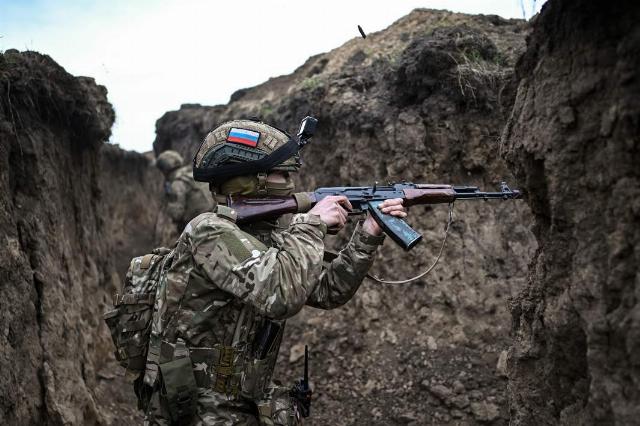
Photo: RIA Novosti/Sergey Bobylev
Image Source: iz.ru
The territories of the Zaporizhia and Kherson regions, the DPR and the LPR, according to our Constitution, are subjects of the Russian Federation. The issue of the liberation of these lands is also on the agenda. Whether this will be done by military or political means is a question. However, there is still no talk of ending the process of liberating our lands, the expert concluded.
Izvestia reference
On the morning of August 6, after firing training, the enemy, with up to 300 militants from the 22nd Mechanized Brigade of the Armed Forces of Ukraine, supported by 11 tanks and more than 20 armored combat vehicles, attacked the positions of the state border protection units near the village of Nikolaevo-Darino and the village of Oleshnya, Kursk region. These settlements are directly adjacent to the Russian-Ukrainian border, the Russian Defense Ministry said.
On August 8, the enemy established control over Sudzha, advanced to the village of Mirny and a number of villages, including Kazachy Loknya and Bogdanovka. By August 9, the Ukrainian military had occupied 28 settlements, controlling an area of 1,000 square kilometers.
On the night of August 10, a counter-terrorism operation regime was introduced in the Kursk, Bryansk and Belgorod regions.
On September 12, according to the Ministry of Defense, Apanasovka, Byakhovo, Vishnevka, Viktorovka, Sudden, Gordeyevka, Krasnooktyabrskoye, Obukhovka, Snagost and 10th October were liberated.
In December, Russian troops liberated Plekhovo, Darino and Novoivanovka. On February 20, the Russian military liberated more than 800 square kilometers of the territory of the Kursk region, which was 64% of the previously occupied territory.
On March 8, the Ministry of Defense announced the capture of the villages of Viktorovka, Nikolaevka and Staraya Sorochina, and on March 9, the villages of Cherkasskoye Porechnoye, Malaya Loknya and Lebedevka, as well as the farms of Kositsa.
On March 11, the Russian Defense Ministry announced the cleaning of the Suji industrial zone and the conduct of a unique operation "Stream" to transfer troops through the gas pipeline. On the same day, 12 settlements returned to Russian control.
On March 12, our troops liberated five more settlements: the village of Kazachya Loknya, the village of Mirny, the village of Zamostye, as well as the farms of 1st Knyazhy and 2nd Knyazhy.
Julia Leonova
Bogdan Stepovoy
